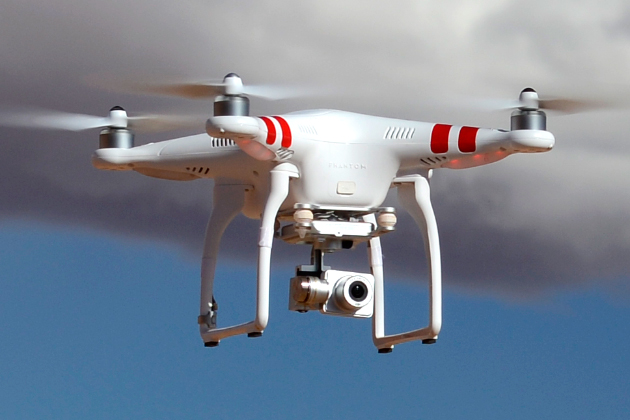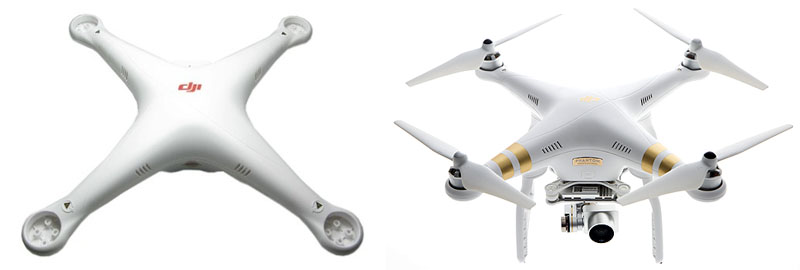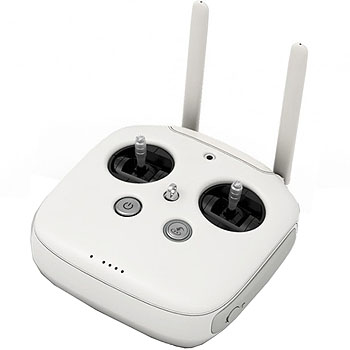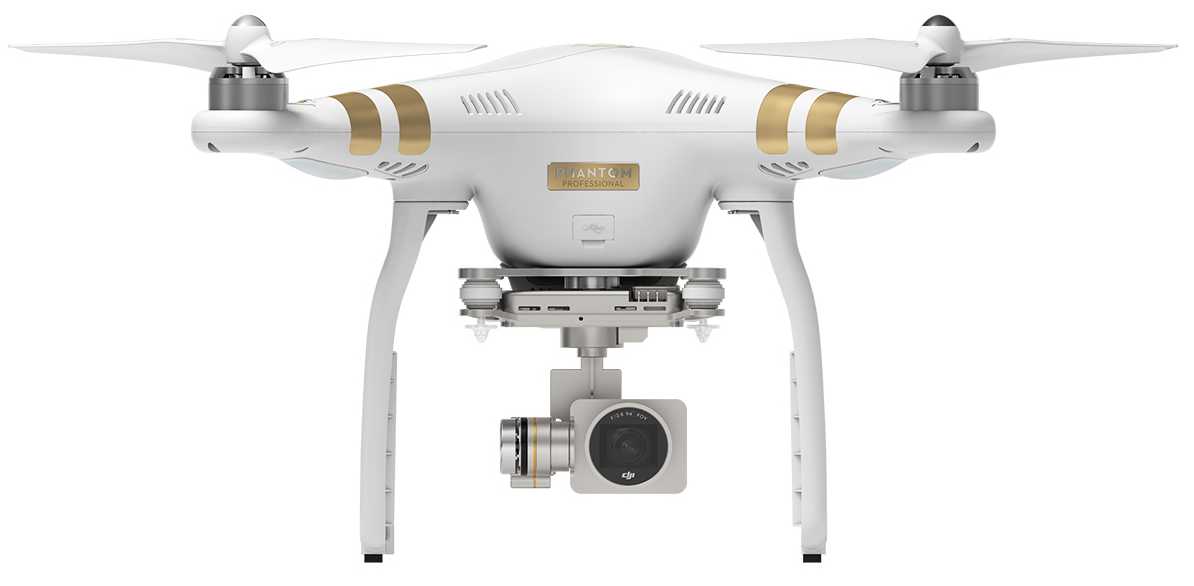Technology
Drone Basics
Air Drone Pilots currently uses DJI Phantom 3 aircraft, the latest and most sophisticated model in the Phantom line, and a collection of amazing technology in a small package.
 Though "drone" is a term that many people know, it may not be the most accurate title for these vehicles. More correctly, they are referred to as UAV ("unmanned aerial vehicles") with the full system including the vehicle and remote controller referred to as UAS ("unmanned aerial system"). Multi-rotor aircraft or quadcopter (for vehicles with four rotors) are also reasonable terms.
Though "drone" is a term that many people know, it may not be the most accurate title for these vehicles. More correctly, they are referred to as UAV ("unmanned aerial vehicles") with the full system including the vehicle and remote controller referred to as UAS ("unmanned aerial system"). Multi-rotor aircraft or quadcopter (for vehicles with four rotors) are also reasonable terms.
The drone we use allows a skilled pilot to accurately position a camera for visual inspections, still photos or exciting aerial videos. The drone itself uses sophisticated positioning hardware and software to hold position where desired or to move smoothly. The gimble that the camera is mounted to removes the jerky motion caused by wind or movement, giving a very stable platform for the best possible photos and video.
Drone Technology
There is a lot of interesting technology involved in making a drone work. Early R/C (radio controlled) aircraft relying solely on pilot skill. Current drone technology uses sophisticated mechanical and electronic systems to create a much better platform. Let's look at some of the components.
Airframe

Quadcopters are generally built on a frame that looks much like a letter "X". Powerful electric motors are mounted at the four corners and the battery, controller and camera are generally mounted below and in the middle of the vehicle. Mechanically, the quad rotor arrangement has an advantage over helicopters or airplanes in that it is inherently stable, with the counter-rotating propellers cancelling out much of the forces that cause instability.
Flight Controller

The "brains" of the quadcopter is essentially a small computer that combines sensors and radios signals from the pilot to determine how and where to move the aircraft. With no pilot input, sensors that include GPS, downward-facing camera and ultrasound unit are used to hold the vehicle in position with little or no movement despite outside forces like wind. To move, the controller responds to commands sent by radio from the pilot operating the R/C transmitter.
Transmitter

The pilot controls the aircraft with an R/C transmitter. Multiple channels are used to determine the various motions the aircraft can make, i.e. forward/back, left/right, up/down and yaw. A channel is also used to point the camera. The pilot primarily controls the aircraft movement with two small joysticks and uses other controls for secondary purposes.
First Person View

In addition to control signals being sent by radio back and forth between the transmitter and the flight controller, live video is also received and displayed on a tablet or smartphone. This first person view (FPV) allows the operator to see what the drone's camera sees and allows for accurate placement for inspection or still or moving pictures. Also included is what pilots would refer to as a heads up display (HUD) which shows information about the flight such as speed, altitude, direction and much more. This replaces the instrument panel that would be used by a pilot in a manned aircraft.
Camera

The camera is able to capture both still and video images. In video it can capture HD images up to the latest 4K as well as 1080p and other choices. The camera is 12 megapixel (4000 x 3000).
Since the aircraft is often in motion, the camera is stablized by a gimble. No matter what the aircraft is doing, images remain steady and vibration free.